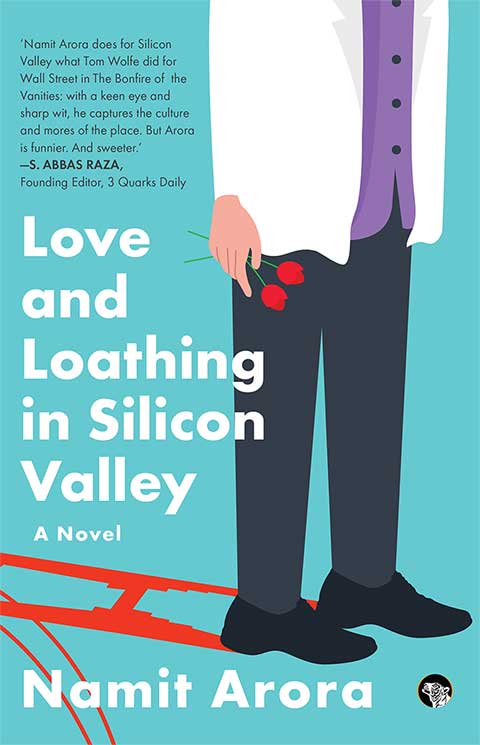Colombo, Sri Lanka
The earliest written mention of the port of Colombo may be that of Fa-hsien, a Chinese traveler of the 5th century CE, who referred to the port as Kao-lan-pu. The Sinhalese called the port Kolamba, meaning “port” or “ferry.” In the 8th century CE Arab traders settled near the site of the modern port. From the 16th century onward the port was developed by the Portuguese, the Dutch, and the British, who each in turn established themselves on the island. In 1815, when the Sinhalese chiefs deposed the king of Kandy in the heart of Ceylon (now Sri Lanka) and ceded his territory to the British, Colombo became the capital of the island. Western influence in the city has diminished since Sri Lanka gained its independence in 1948. The oldest districts of the city, which are nearest the harbour and north of Beira Lake, are known as the Fort and the Pettah (a name deriving from the Tamil word pettai, meaning “the town outside the fort”). The Fort is still a focal point of government and commercial activity, although less so than in the past. The Pettah has become a district of small shops, markets, and sidewalk stalls. [—Text adapted from Encyclopedia Britannica, 2008]
Mosque in Pettah (more) |
Courtyard of the mosque (inside) |
Tropical fruits |
|
Priests cleaning the statues |
Sculpture on temple tower (more) |
||
In a lane off Sea Street, a |
In a lane off Sea Street, a |
A tiny temple on Sea Street |
|
Fort Railway station (more) |
Breakfast w/ string hoppers, |
Colonel Henry Steel Olcott |
Beans, lentils, pastas, etc. |
A temple conducting a puja |
With customary fuss and fanfare |
To the sound of drums |
|
A grocery store |
Window shopping in Pettah |
Savory snacks |
Music CDs for sale |
St. Anne's Catholic church |
St. Anthony Shrine (more) |
St. Thoma's Anglican church (more) |
A neighborhood in Colombo 11 |
Garlands for sale |
In a Tamil neighborhood |
Hindu temples on Sea Street (more) |
Hindu temple on Sea Street |
Sweet coconuts |
Presidential secretariat office |
Office buildings in Fort district |
Old Dutch Hospital (more) |
World Trade Center |
A street in Fort district |
Chaitya Road, Fort district |
Fort from Galle Face Green |
A school picnic |
South of Galle Face Green |
Food stall on Galle Face Green |
|
Food stall on Galle Face Green |
Toys on Galle Face Green |
Kids on Galle Face Green |
Sunset on Galle Face Green |
The National Musuem (more) |
Envisioned by "The Right Honorable |
Buddha of Toluvila (800 CE), |
Buddha of Toluvila (800 CE), |
Durga of Anuradhapura |
Vajrapani Bodhisatva of Kurunegala, |
Tara of Trincomalee, |
A decorated pillar, |
Sundaramurtiswamy of Polonnaruwa |
A Saiva Saint of Polonnaruwa |
Siva-Nataraja of Polonnaruwa |
Durga of Anuradhapura |
Stone toilet with a place for |
Urinal stone with a Prasada |
Toilet stone (info, |
Padma-nidhi Vamana Guardstone |
Model of an ancient terrace |
Fragment of a Buddha head |
Samples of foot prints of the |
Jyestha, an odd sculpture |
A pair of surgical scissors and |
Uma-sahita-Siva, |
Bodhisattva Sandals, |
Throne of the last king of Kandy |
Designed in collaboration with Vitalect, Inc. All rights reserved. |
















































































